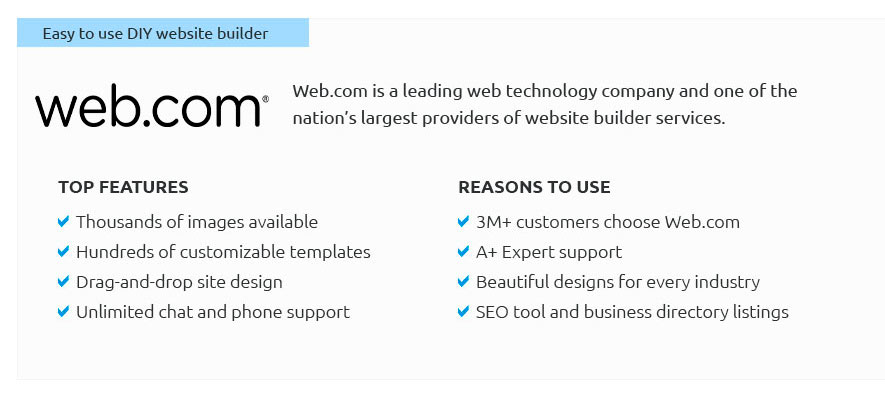 |
 |
 |
 |
|
 |
 |
 |
|
 |
|
 |
 |
|
 |
|
 |
|
 |
 |
How Can I Create My Own URL: A Step-by-Step GuideIn today’s digital age, the power of having your own URL cannot be understated. Whether you're looking to establish an online presence for your business, create a personal blog, or simply showcase your portfolio, having a custom URL not only enhances your credibility but also helps in crafting a distinct identity in the vast internet landscape. But how exactly does one go about creating their own URL? Let’s delve into the process with a comprehensive guide. Understanding the Basics A URL, or Uniform Resource Locator, is essentially the web address that directs internet users to your site. Think of it as the digital equivalent of your home address. It’s crucial to understand that your URL should be easy to remember, relevant to your content, and as concise as possible. This trifecta ensures that visitors can find your site without hassle, thereby improving your site's accessibility and user experience. Step 1: Choose a Domain Name Choosing a domain name is arguably the most creative aspect of the process. This name should be reflective of the site's purpose and should resonate with your target audience. It’s worth noting that you should steer clear of overly complex or lengthy names, as they can be easily forgotten or mistyped. Many successful websites have domain names that are short, catchy, and simple to spell. Once you've brainstormed a few ideas, check their availability using domain registration sites like GoDaddy, Namecheap, or Google Domains. Step 2: Register Your Domain After selecting an available domain name, the next step is registration. This is where you officially claim ownership of your chosen domain. Most domain registrars offer a variety of plans, often including additional services such as domain privacy protection, which can be beneficial in safeguarding your personal information from public databases. When registering, consider the duration of ownership-opting for multiple years can often save money and hassle in the long run. Step 3: Choose a Hosting Provider Your URL needs a home, which is where web hosting services come into play. Hosting providers store your website's files on their servers, making your site accessible to users worldwide. When selecting a host, factors such as uptime reliability, customer support, and pricing should be carefully evaluated. Renowned hosting companies like Bluehost, HostGator, and SiteGround offer various plans tailored to different needs, from basic blogs to complex e-commerce platforms. Step 4: Link Your Domain to Your Hosting Provider Once your hosting plan is set, you’ll need to link your domain name to your hosting provider. This process usually involves updating the DNS (Domain Name System) settings, essentially directing web traffic from your URL to your hosting server. Your hosting provider should offer a detailed guide on how to make these changes, and their support team can be an invaluable resource if you encounter any difficulties. Step 5: Design and Launch Your Website With your URL and hosting set up, it's time to focus on the creative elements of your website. Website builders like WordPress, Wix, or Squarespace offer user-friendly platforms for designing your site without needing extensive coding knowledge. Choose a design that complements your brand, ensuring that your site is both visually appealing and easy to navigate. Once satisfied with your design, launch your site and begin promoting it through social media, email newsletters, or other digital marketing strategies to attract visitors. Final Thoughts Creating your own URL is a foundational step in establishing a successful online presence. While the process may seem daunting at first, by following these structured steps, you can ensure a smooth journey from conceptualization to launch. Remember, the digital world is ever-evolving, and staying informed about the latest trends and best practices in domain management and web hosting will serve you well. Your URL is more than just a web address; it’s a digital gateway to your brand or personal identity, so make it count. https://bitly.com/blog/how-to-create-a-vanity-url-in-4-easy-steps/
To make a vanity URL, you can use a link management tool or a content management system (CMS). A link management platform can create a vanity ... https://www.quora.com/Is-there-a-way-to-get-a-website-with-a-custom-URL-for-free-sorry-I-m-not-really-sure-how-it-works
The URL consists of a domain name and a file path to a specific file or webpage. If you want to create your own site or upload files to the ... https://www.reddit.com/r/Wordpress/comments/12nsus5/how_can_i_create_custom_urls_for_my_articles/
Comments Section ... You can choose from a few options available in WordPress - https://wordpress.org/documentation/article/settings-permalinks- ...
|